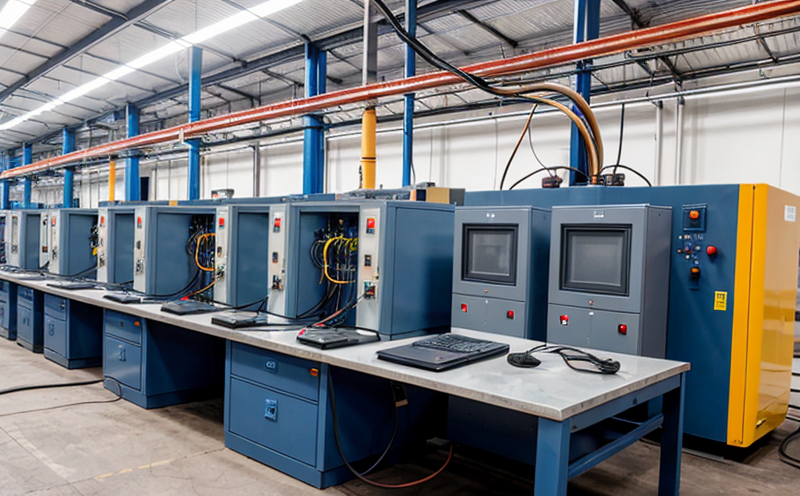IEC 62368 Electrical Equipment Hazard Testing
The IEC 62368-1 standard establishes safety requirements for electrical equipment intended to be used in residential, commercial, and light industrial environments. This service focuses on the hazard testing of electrical devices and systems to ensure they comply with these stringent safety regulations.
IEC 62368 is designed to protect users from electric shock, fire hazards, thermal hazards, and mechanical injuries associated with electrical equipment. It applies to a wide range of products including household appliances, power tools, lighting fixtures, and consumer electronics.
The testing process involves subjecting the electrical devices or systems to various stress conditions that simulate real-world usage scenarios. This includes applying voltages, measuring current flows, assessing insulation resistance, and evaluating mechanical stability. The primary objective is to identify any potential hazards that could lead to injury or damage.
Compliance with IEC 62368-1 is mandatory for manufacturers exporting electrical products to Europe, North America, and other regions where this standard is recognized. Failure to meet these requirements can result in product recalls, legal actions, and reputational damage.
The testing procedure typically begins with a detailed inspection of the device or system to ensure that it meets basic design specifications. Following this, specific tests are conducted based on the type of electrical equipment being evaluated. For instance, power tools might undergo impact testing to check for structural integrity under stress, while lighting fixtures could be subjected to thermal cycling tests to assess their resistance to heat fluctuations.
After completing all necessary test procedures, detailed reports are generated summarizing the results obtained during each phase of the evaluation process. These documents serve as evidence that the product complies with IEC 62368-1 standards and can be used by manufacturers for certification purposes or internal quality control.
Our state-of-the-art laboratory facilities equipped with advanced instrumentation allow us to perform comprehensive hazard assessments according to internationally recognized guidelines. Our team of experienced professionals ensures that every aspect of the testing process adheres strictly to IEC 62368-1 requirements, providing clients peace of mind knowing their products meet global safety standards.
| Test Type | Description |
|---|---|
| Hazard Analysis | Evaluation of potential risks associated with the electrical equipment. |
| Insulation Resistance Measurement | Determination of how well insulation prevents electric current flow between conductors and ground. |
| Thermal Stress Testing | Assessment of the device's ability to withstand changes in temperature without failure. |
Why It Matters
The importance of IEC 62368-1 cannot be overstated as it plays a crucial role in ensuring public safety by minimizing the risk of accidents caused by electrical equipment failures. By adhering to these rigorous testing protocols, manufacturers demonstrate their commitment to producing reliable and safe products that can be trusted by consumers worldwide.
Compliance with IEC 62368-1 also provides significant competitive advantages for companies operating in international markets. It helps build trust among customers who value product safety above all else, thereby enhancing brand reputation and fostering long-term relationships.
Moreover, meeting these standards can help businesses avoid costly penalties imposed by regulatory bodies for non-compliance. In addition to fines, there may be reputational damage leading to reduced sales volumes or even closure of operations in some cases.
Why Choose This Test
- Ensures compliance with international safety standards.
- Provides robust evidence for product certification.
- Reduces risks associated with electrical equipment failures.
- Fosters positive brand reputation among consumers.
- Avoids potential legal issues due to non-compliance.
Use Cases and Application Examples
| Product Type | Testing Scenario |
|---|---|
| Handheld Power Tool | Impact testing to ensure durability under rough conditions. |
| Computer Monitor | Voltage endurance tests to verify resistance against overvoltage surges. |
| Refrigerator-Freezer | Thermal cycling tests to assess performance across varying ambient temperatures. |
In addition to these examples, our laboratory also specializes in testing other types of electrical equipment such as medical devices, industrial machinery, and consumer electronics. Our comprehensive approach covers all stages from initial design review through final certification, offering unparalleled support throughout the product lifecycle.





